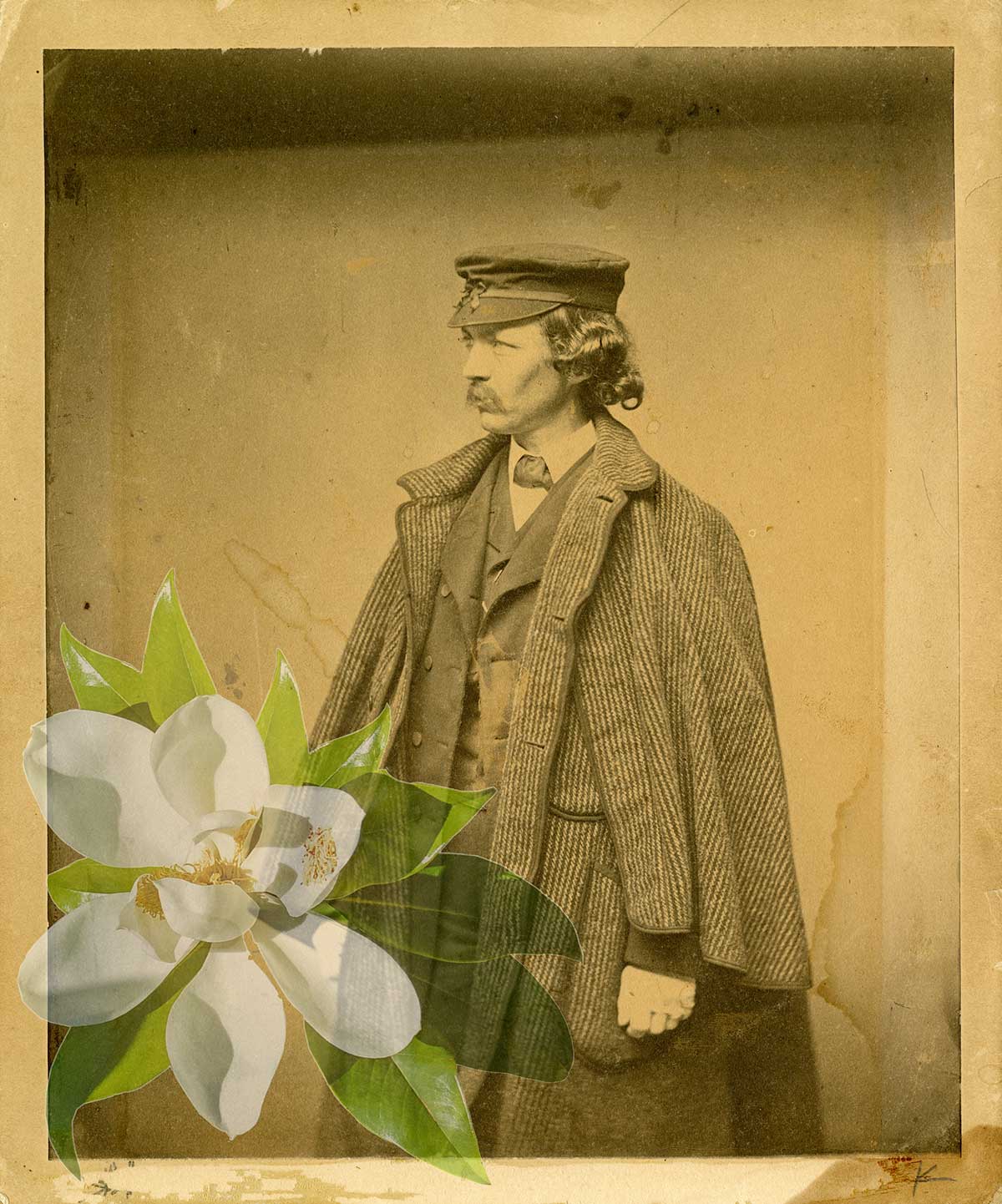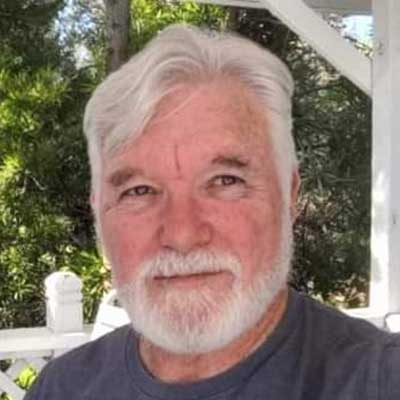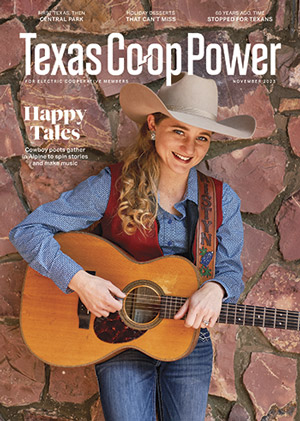Some say time travel will be possible one day, and some say it’s the stuff of fairy tales.
For now, books are the next best thing. They can help us understand how people lived, thought and talked long ago, especially when they’re written for the express purpose of cataloging such things.
Frederick Law Olmsted did exactly that when he toured Texas in the 1850s.
With his brother, he traveled a couple thousand miles around Texas on horseback, chronicling his experiences for the New-York Daily Times, a predecessor of The New York Times. His book, A Journey Through Texas: Or a Saddle-Trip on the Southwestern Frontier, is an absolute treasure—a priceless, time-sensitive ethnography that includes observations about and objections to slavery.
And it’s more than a snapshot. It’s an intricate mural of Texas around a decade after it became a state and as the U.S. headed toward civil war.
Many know Olmsted as the father of American landscape architecture. He designed New York’s Central Park, the U.S. Capitol grounds and some 100 parks and recreation grounds.
But before all that, Olmsted arrived in Nacogdoches in December 1853 and then meandered the state. He explored the Piney Woods, Hill Country, coastal plains, Southwest Texas and even some of northern Mexico.
Listen as W.F. Strong Narrates This Story
Visit Texas Standard for more W.F. Strong stories (most of which are true).
When he arrived in Austin, population 3,000 back then, Olmsted found his hotel dirty and the food inedible. He was also dismayed that there was not one bookstore in town.
But he loved New Braunfels. The German communities and natural magnificence of the lands along the Guadalupe River were so impressive to Olmsted that he almost stayed. He was enchanted by the springtime wildflowers in the Hill Country, and he affirmed the German saying that “the sky is nearer in Texas.”
Riding out west to Eagle Pass, Olmsted killed an enormous 5½-foot rattlesnake. Olmsted worried in the daytime that his horse would get bitten, and at night he worried that a rattler would snuggle up with him in his bedroll. He also saw his first horny toads and so loved the little creatures that he shipped some back home to New York to be kept as pets.
In San Antonio he fell in love with the river. “We are so struck by its beauty,” he wrote. “It is of a rich blue and pure as crystal, flowing rapidly but noiselessly over pebbles and between reedy banks.”
But Texas was still the Wild West, and gunfights were common in the plaza. “As the actors are under … excitement, their aim is not apt to be of the most careful and sure, consequently, it is, not seldom, the passers-by who suffer,” he wrote.
Maybe time travel is best done at the library after all.



